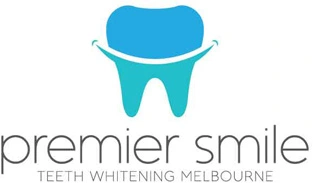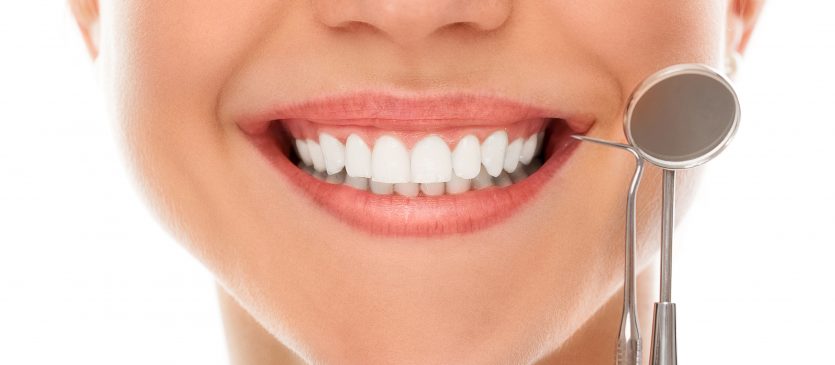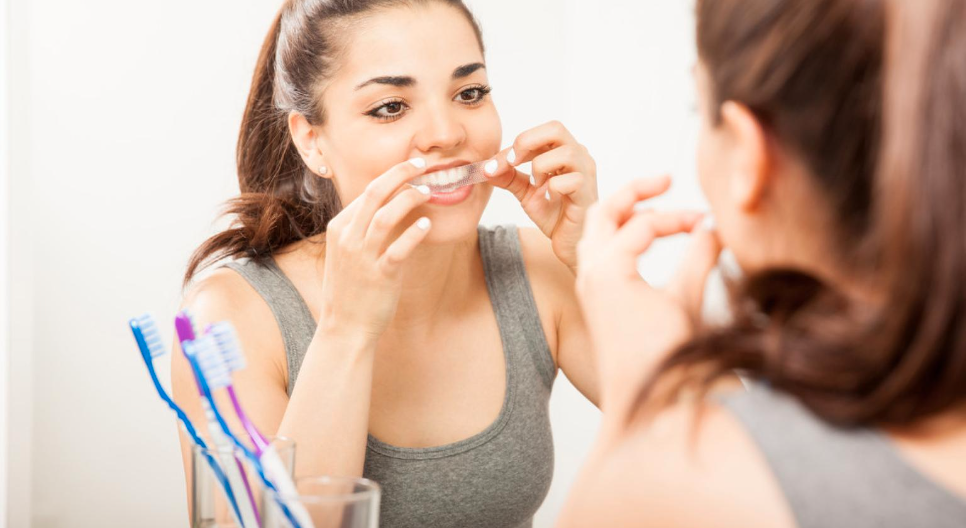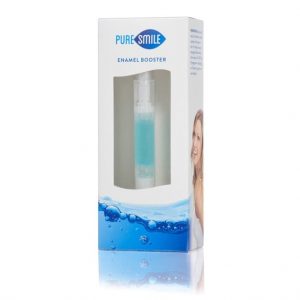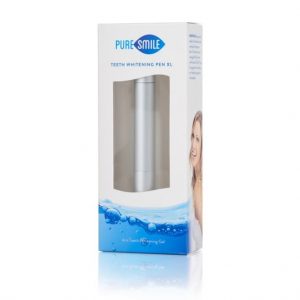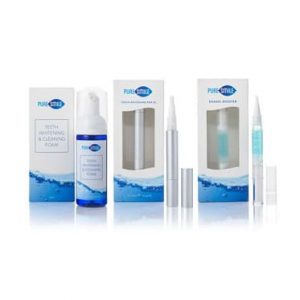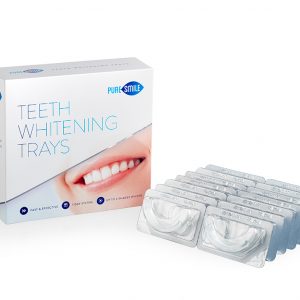Many people today are in for the teeth whitening craze. Everyone wants to have that bright white smile and the resulting self confidence. But research has shown that there may be some negative effects in using teeth whitening strips and gels.
Are these home teeth whitening options really safe to brighten your smile? In this article, we’ll discuss some disadvantages in using such products.
Teeth Whitening and Damage to the Dentin
These home whitening products such as sticky strips and gel-filled trays designed to whiten teeth with the use of hydrogen peroxide. They’re really effective in whitening teeth and are available over the counter.
However, hydrogen peroxide products may be abrasive and can damage both the enamel and dentin layer.
Teeth whitening products might also damage the tooth’s enamel layer by softening or roughening them. But the damage may be reversed if the person stops using these teeth whitening products with hydrogen peroxide.
There’s some good news however in the use of these whitening products. Hydrogen peroxide bleaching products have been around for decades and millions of people use hem including dentists. There were no increase in tooth health issues after bleaching.
In fact, The American Dental Association (ADA) has reported that hydrogen peroxide whitening products are safe and effective.
Using these Products Properly
It’s in how you use these products properly that determines the outcome of your tooth health.
- There must be a seal of approval of the Australian Dental Association (ADA) on whitening toothpastes and home teeth whitening products that are marked safe and effective.
- To protect your teeth and make it safe, be sure to follow the instructions carefully as some products are designed to be used once a day, while others can be used twice a day.
- Have a regular checkup with your dentist. Always ask your dentist for tooth health issues as not all discoloration problems can be treated with teeth whitening products. These whitening products are effective on yellowish teeth resulting from aging and teeth that are stained by food and drinks like coffee and red wine. Brown and gray discoloration may be a sign of other tooth health issues which your dentist can only answer. It’s also necessary to address issues first like gum disease and gingivitis. Only a fully licensed and experienced dentist can recommend the best whitening products for you and the right treatment including how to do it right.
- Be attentive to your teeth. Visit and speak to your dentist if you’re experiencing sensitivity in the gums or teeth when using whitening products. The damage may not be long term but can be uncomfortable. You may want to take a break from using such products and consider using milder alternatives.
Prevention is Better Than Cure
Yellowish teeth can be avoided or prevented in a variety of ways. Here are some ways that you can take to help maintain your teeth brighter and whiter.
- Don’t forget to brush your teeth regularly (twice or thrice a day) and use dental floss.
- Avoid taking or drinking food and beverages that stains your teeth like coffee, wine, and tea.
- Smoking tobacco can stain your teeth in the long run. Limit or completely stop smoking.
- Visit your dentist regularly for a checkup.
Our Final Thoughts
Prevention is always better than cure. But if you can’t help it, you can opt to consult your dentist for teeth whitening alternatives. Good dental hygiene is always a good choice before turning to bleaching products.
